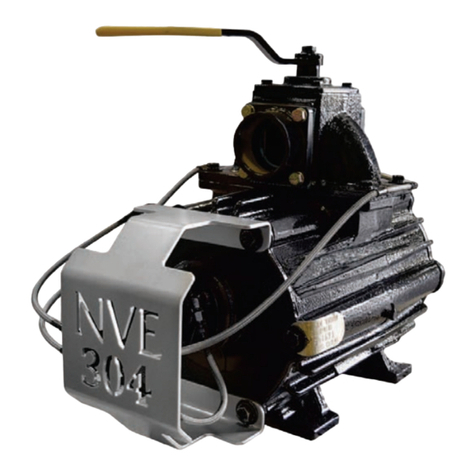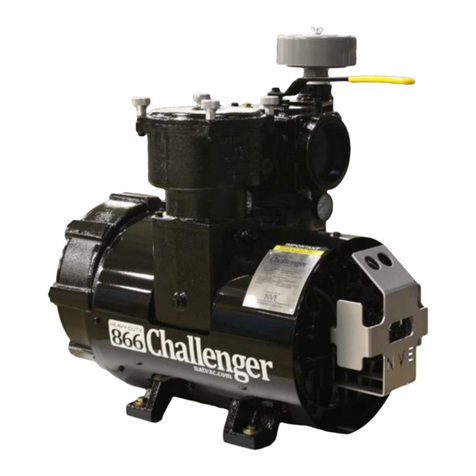
4| 866 Challenger Series www.natvac.com | 800.253.5500
CONTENTS
Introduction .................................................................................. 5
General Information�������������������������������������������������������������������������������������������5
Limited Warranty......................................................................... 6
Warranty ��������������������������������������������������������������������������������������������������������������6
Warranty Procedures.................................................................. 8
866 Challenger ............................................................................ 9
Application�����������������������������������������������������������������������������������������������������������9
Pump Specications ������������������������������������������������������������������������������������������9
System Requirements ������������������������������������������������������������������������������������ 10
Drive System ��������������������������������������������������������������������������������������������������� 11
Factory Settings ����������������������������������������������������������������������������������������������� 11
Adjusting Factory Oil Settings������������������������������������������������������������������������ 12
Operating Instructions ........................................................... 14
Normal Operation ������������������������������������������������������������������������������������������� 14
Recommended Lubricant������������������������������������������������������������������������������� 15
Ballast Valve System���������������������������������������������������������������������������������������16
Ballast Valve Troubleshooting������������������������������������������������������������������������16
Adjusting Ballast Valve Opening Level ��������������������������������������������������������� 17
Ballast Valve Rebuilding���������������������������������������������������������������������������������18
Maintenance ���������������������������������������������������������������������������������������������������� 20
Cold Weather Operation��������������������������������������������������������������������������������� 21
Troubleshooting........................................................................ 22
Pump overheats����������������������������������������������������������������������������������������������� 22
Pump uses too much oil��������������������������������������������������������������������������������� 22
Pump doesn’t turn������������������������������������������������������������������������������������������� 22
No vacuum�������������������������������������������������������������������������������������������������������� 23
System Troubleshooting ��������������������������������������������������������������������������������� 23
Making a Vacuum Tester�������������������������������������������������������������������������������� 24
Parts Breakdown......................................................................25
866 Fan Parts List ������������������������������������������������������������������������������������������ 26
866 Liquid Parts List�������������������������������������������������������������������������������������� 30






























